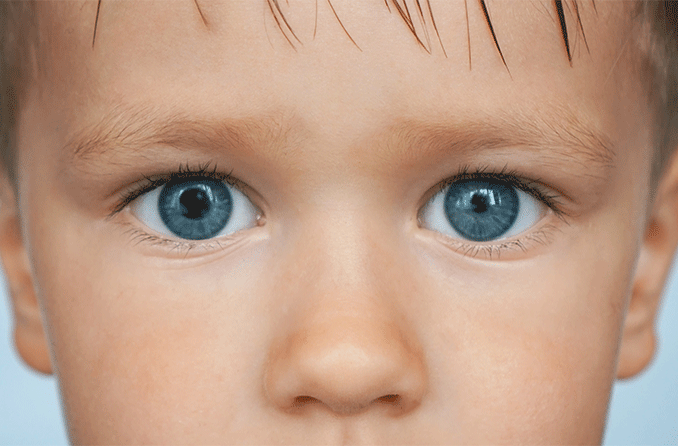

This helps discern if the eyes are working together and co-ordination for close-up work is up to standard. Is 'stereo' perception within normal range?.It may have little effect on the eyes but may govern future employment opportunities and tasks such as colour matching.Ī Red loss can be quite dangerous as red lights are very dull and it may also be embarrassing when trying to select a ripe apple. Is colour perception within normal range?ġ in 10 boys and 1 in 100 girls will have an abnormal colour perception.Although it may not affect clarity of vision.Ī Spot Screener camera is very good at also detecting this condition. However it could have neurological implications behind the eyes.Ī child may have a problem with glare if a pupil remains wide open. Unequal pupil size (Anisocoria) has no significance or rarely causes problems.
CONDITION THAT SUGGEST UNEQUAL PUPIL SIZE FULL
This may not be noticeable to parents or teachers but may be a very small turn that can only be seen through a full eye exam. One eye may be closed to avoid any doubling or one turns more to allow suppression of one eye. The two may coincide at a point very close to the eyes instead of what we regard as a 'good reading distance'.

The eyes have a focus/converging relationship and The spot screener is very good at detecting this.Ī child may not want to look at near or distance tasks because of the effort required to look at an object. Misalignment can cause strain to maintain single vision, resulting in double vision.

Starting school and regularly as they progress through primary and secondary school. Optometry Australia recommends that children should have a full eye examination before Without testing these conditions are often undetected as there are few outward signs Preschool-aged children: Eye screening or examination is critical for this age group for the detection of lazy eye.Turned or crossed eyes require immediate examination by your GP, paediatrician, optometrist or 6-8 weeks: Infants should be fixing and following their parents' faces as a guide, and eye movements should be.Newborns: An eye examination is essential to detect any abnormality.The Australia age-by-age recommendations for eye testing are as follows: To ensure the best possible start for our kids, early detection of these conditions is the key. They may also have difficulty playing sport and performing daily tasks. So much so that children can often disconnect and withdraw from classroom activity. Trying to read the teachers whiteboard or complete a mathematical challenge with any of these conditions uncorrectedĬan make learning very difficult. Once recognised, these conditions are usually very easy to correct. Holding a book close to read it, rubbing of the eyes, confusing of colours,īlurred or double vision, burning or itching eyes or if there is unequal colour or brightness in the child's eyes. Farsightedness (difficulty focusing on things close up)īehaviours that may indicate a vision issue include an eye not fully open,įrequent blinking, sensitivity to light, squinting, constant turning and tilting of the head,.Nearsightedness (where things far away become blurred).The most common vision problems experienced by school-aged children are those to do with the size and shape of the eyes that then affects the ability to see clearly and sharply.


 0 kommentar(er)
0 kommentar(er)
